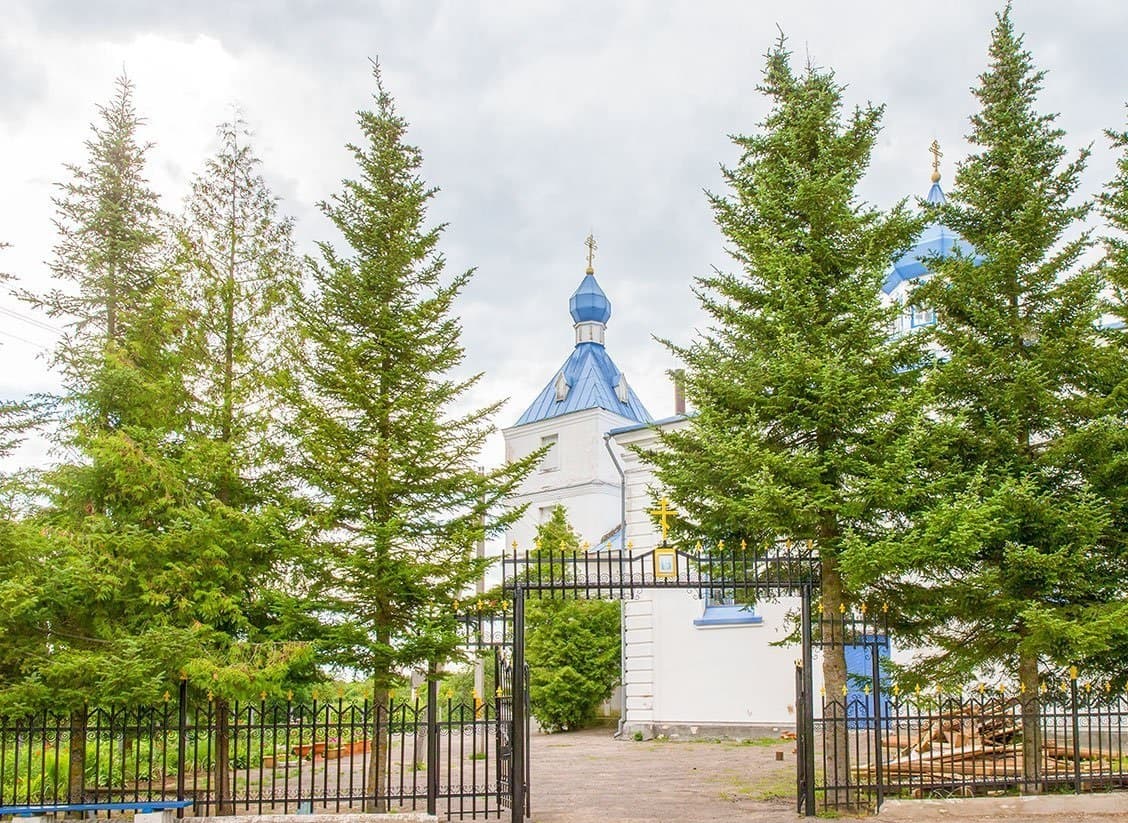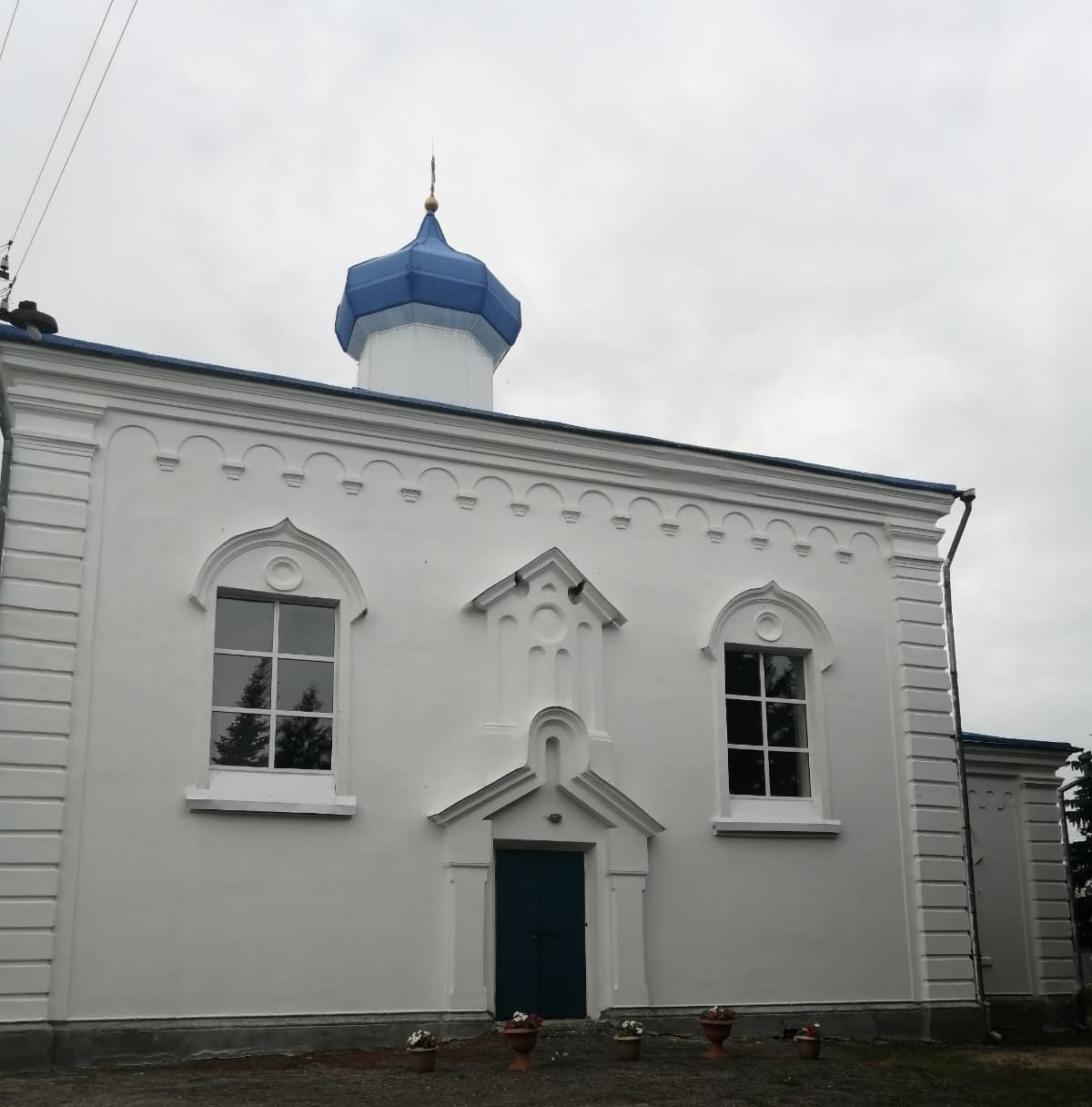Plisa. St. Paraskeva Pyatnitsa Church.
Church
Belarus, Vitebsk region, Glubokoe district, Plisa village council, village of Plisa, Glubotskaya street, 8
Description
The village of Plisa preserves many evidences of the past centuries. One of these testimonies is the Church of St. Paraskeva Pyatnitsa, built in 1887. According to legend, a Uniate church used to stand on this site. The Orthodox church, made in a retrospective Russian style, is the architectural dominant of the Pleats. Its consecration in honor of St. Paraskeva Pyatnitsa, the patroness of the family hearth and trade, reflects the centuries-old traditions and way of life of local residents.
Categories
Historical
Architectural monument
Comments
Reviews to the Place
1Ольга Ерёменко
10.09.2025
The Church of St. Paraskeva Pyatnitsa in Plisa is an important architectural monument, a symbol of faith and perseverance of the people.
The village of Plisa preserves many evidences of the past centuries. One such evidence is a stone cross erected at a road intersection. Such crosses, revered by our ancestors, served as amulets from troubles and misfortunes, protecting the village from epidemics, wars and evil people. Initially, the Plisa cross stood on a hill, but during the Soviet years it was discarded and lay in desolation for a long time. It was only thanks to the efforts of local residents that it was moved and installed in the center of the village, reminding of the spiritual roots of this place.
Not far from the cross stands the Church of St. Paraskeva Pyatnitsa, built in 1887. According to legend, a Uniate church used to stand on this site. The Orthodox church, made in a retrospective Russian style, is the architectural dominant of Plisa. Its consecration in honor of St. Paraskeva Pyatnitsa, the patroness of the family hearth and trade, reflects the centuries-old traditions and way of life of local residents.
The history of the temple is quite complicated. In the 1960s, during a period of active anti-religious persecution, the church was closed. There are two versions of further events. According to official sources, the dome of the temple collapsed by itself, damaging the altar and the interior. But the locals tell a different, tragic story. According to them, military equipment was delivered to the church and the domes of the church with crosses were torn off by cables. Eyewitnesses recall how women from the village gathered around the shrine and sang church chants in protest.
The temple was converted into a village club, and the altar turned into a stage. Dancing was held in the church's dungeon, where the crypt and untouched graves were located. According to the memoirs of local residents, the initiators of the destruction of the temple subsequently died an unnatural death, which was perceived as God's punishment.
It was only at the end of the 20th century that the church building was returned to the faithful. Work has begun on the restoration of the shrine. The first priest of the restored church was Father Anthony, who not only supervised the restoration work, but also painted icons for the church. Many icons were brought by residents from their homes, where they were carefully preserved during the years of persecution.
Today, the Church of St. Paraskeva Pyatnitsa in Plisa is a restored architectural monument and the spiritual center of the village. It is a place where history, faith and memory are intertwined. By visiting the church, you can not only enjoy the beauty of the temple architecture, but also touch the history of this region, feel the spiritual strength and resilience of its inhabitants.



-1757489315043.jpg&w=3840&q=75)

